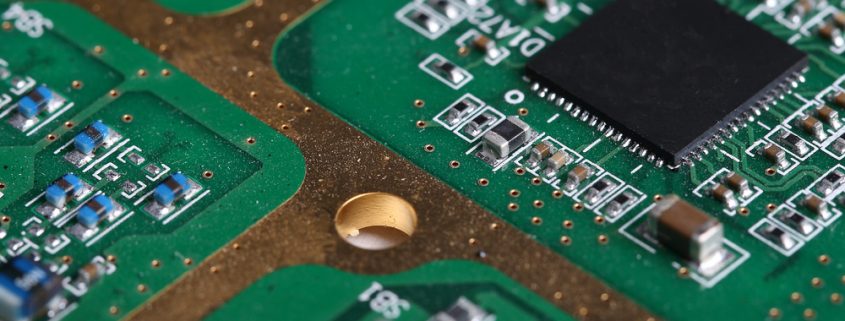Common Pitfalls in Developing and Designing an Analog ASIC
If you are in the business of technology, you’ve probably come across the term analog ASIC at some point. In fact, you may have had one created for your company. But there is so much more to developing an analog ASIC than just putting a chip together that there have been countless failed attempts at developing one. And the problem all boils down to one thing: incompetence. Here are the things that you should look out for when having your analog ASIC developed:
Lack of Proper Industry Knowledge
It’s a cold, hard fact: there are so many companies out there that would easily pretend to know about creating analog ASICs, but in reality, they don’t have a clue. So, many companies have experienced problems with their ASIC and no one seems to know what’s wrong.
Worse, no one knows how to deal with the problem because those who designed the ASIC has relied on an analog cell library from a third party vendor, which means they don’t have any idea about how the system works.
Lack of proper industry knowledge is one of the most common challenges for companies looking to have their analog ASIC developed and the problem may lie from three parties: the cell library designers, the silicon producers, and the IC design company.
This is why it’s very important to check on every detail of a project before implementing it to make sure that everyone on your team really has the expertise that you need.
Lack of Technical Skills
Developing an analog ASIC for your product is crucial because any delay in its production could mean a delay for your launch or worse, failure for your entire project. Creating an ASIC requires a good knowledge of the semiconductor fabrication process and the right computational involvement to make sure that the design is strong.
Going through the fabrication process requires technical skills to ensure that the chip produced will do its job. A lot of designers claim to have the mixed signal design skills needed to complete your product, but that doesn’t guarantee that they actually have what it takes to get your chip right. This is when credibility really counts. Go for companies that already have successful projects in the past and those whose clients can vouch for their quality of service.
Final Words
If you want to have your own analog ASIC developed, make sure to pick up a lesson or two from the horror stories of failed attempts going around the semiconductor industry. Before signing the papers for the services of an analog ASIC design company, do your research first. Don’t settle for the first company you see or the lowest offer given to you.
Instead, make sure that you tick all the boxes in terms of a semiconductor company’s integrity, quality of service and commitment to giving you the best value. Get to know the team leader who will work on your project to know if they are capable of handling the development team and if they have the skills to get things done right and address issues as they come.
Linear MicroSystems, Inc. is proud to offer its services worldwide as well as the surrounding areas and cities around our Headquarters in Irvine, CA: Mission Viejo, Laguna Niguel, Huntington Beach, Santa Ana, Fountain Valley, Anaheim, Orange County, Fullerton, and Los Angeles.






